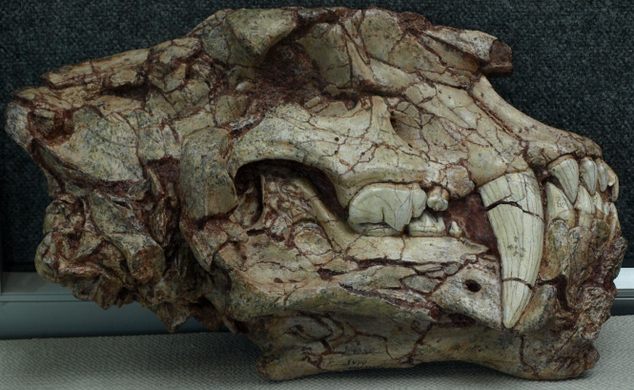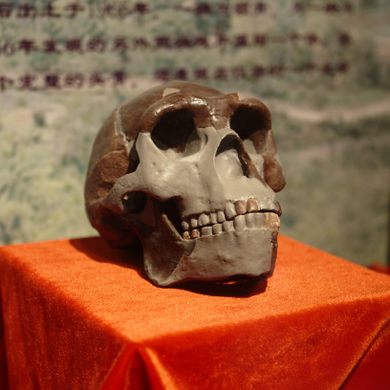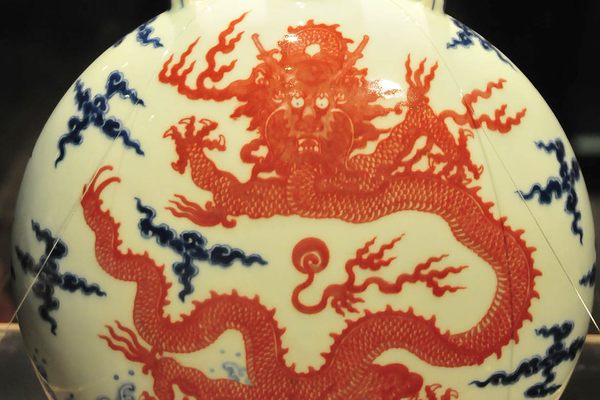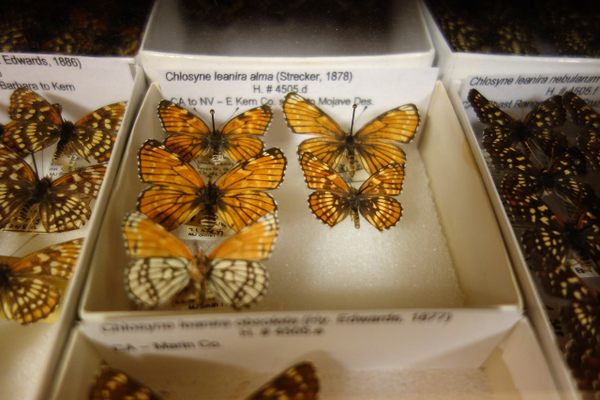Paleozoological Museum of China
A bisected journey through evolution's history in the heart of Beijing.
Mixing high camp and hard science, the Paleozoological Museum of China seeks to bring the march of evolution to life for its visitors.
Over 800 exhibit items are subdivided between the Museum of Vertebrate Paleontology and the Shu-hua Museum of Paleoanthropology, both of which feature halls arranged to represent the chronological movement of evolution to the present.
The journey begins with the Fossil Fish and Amphibian Hall, then legs up to the Fossil Reptile, Bird, and Fossil Mammal Halls, resident in which are such rare specimens as the remains of the “Yellow River Elephant,” and “Asia’s Largest Dinosaur,” as well as a preserved Coelacanth, a fish once thought to have gone extinct hundreds of millions of years ago, but which was rediscovered in 1976. The Shu-hua Museum continues the climb up the evolutionary ladder with the Fossil Hominid and Artifact Hall, which features stone tools, illustrations of early man and its relative species, and most remarkably, casts made of the famous “Peking Man”, which were made before its bones famously disappeared during World War Two.
Aiding the more educational and austere exhibits are a number of attractions for children and the easily distracted including giant, cartoonish dinosaurs and concrete sculptures of reptilian young. The Paleozoological Museum of China is a terrific place for curious wanderers of any age to visit but beware for those who do not speak Mandarin: a Lonely Planet trip review counted “an impressive tally of zero English captions.”
















Follow us on Twitter to get the latest on the world's hidden wonders.
Like us on Facebook to get the latest on the world's hidden wonders.
Follow us on Twitter Like us on Facebook